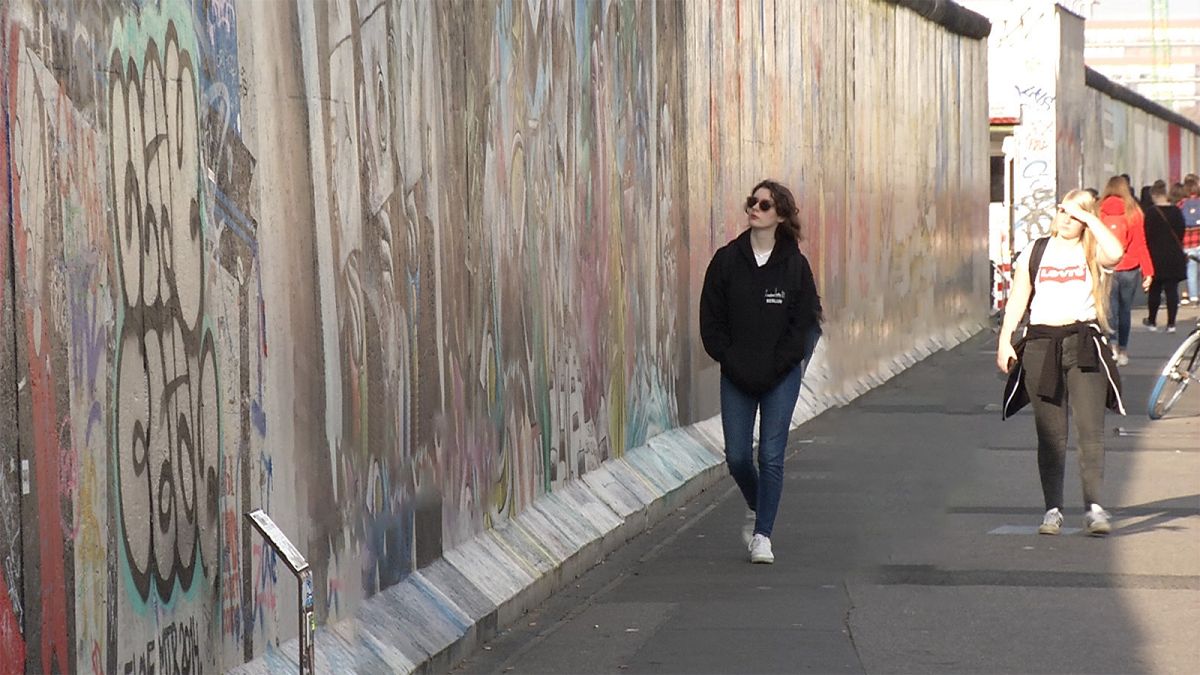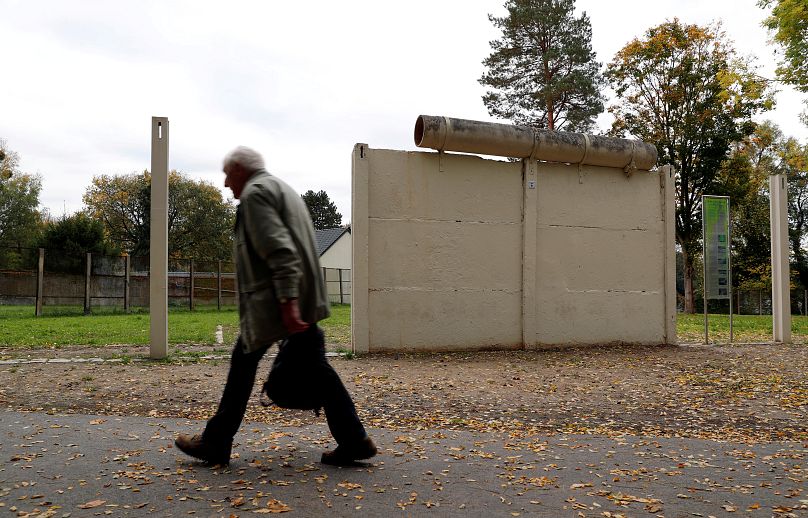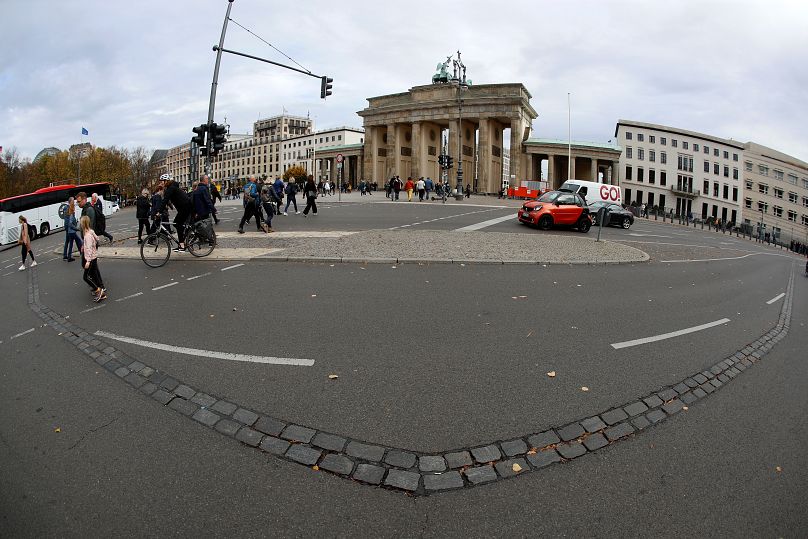Hardly any other European city has undergone such rapid change in the past 30 years since the fall of the Berlin Wall
Thirty years ago Berlin was divided by an infamous wall. Today it is a vibrant, unified European capital. Hardly any other European city has experienced such a turbulent history, and hardly any other city has changed so quickly. But debate still rages over what reunification has meant for Germany, especially for those in the East.
[Austrian photographer Gottfried Schenk](Changing Berlin, Photographic Equivalents 1977 until now) moved to Berlin in the 1970s. His photographs show how the city has been transformed by comparing pre-wall images with those taken after the wall was taken down. He says Berlin is a paradise for photographers because it is a city which is in permanent transformation.
Berlin is now a tourist hot spot. And one of the questions most frequently asked by visitors from around the world is "Where is the wall?" Schenk still remembers vividly how the wall gradually disappeared from the landscape.
"When I look at some pictures, I feel gratitude and happiness," he explains. "For example the pictures of the wall in Steinstücken with the overturned watchtower. I always say to myself how beautiful. I have lived and experienced what is was like with the wall and the feeling of being 'walled in' and now it is gone, and we are free."
Former German chancellor Willy Brandt once coined a famous phrase about the reunification of East and West Germany: "What grows together belongs together".
Berlin has become one city and its architecture reflects the fact the difference between East and West has faded and in some cases even disappeared.
Schenk says after the wall was demolished, the East managed to retain it authenticity. But then came reconstruction.
"Before there were grey and dilapidated facades, but then they renovated the houses," he says. "But for the people, in their heads, this process is not yet finished."
With the fall of the wall, the former GDR disappeared and now lives on only in peoples' memories.
The so-called children of the reunification (Nachwendekinder) born around 1989, have never known the former GDR, but they still have a strong link to former East Germany.
Johannes Nichelmann is a journalist who believes the East/West division is also experienced by younger generations.
He is a child of the reunification and writes in his [book](Nachwendekinder: Die DDR, unsere Eltern und das große Schweigen) about growing up with very conflicting tales of life in former East Germany. He says the anecdotes recounted by parents and grandparents gave the impression life in the GDR was often good.
"On the one hand, it was a 40 year-holiday by the Baltic sea, and everything was sunny and nice," he says. "And on the other, is the media narrative which was 40 years of Stasi jail, barbed wire, and everything was bad. But there must be something in between the Baltic Sea holiday and the Stasi prison."
He believes the conflicting descriptions of life in the former GDR is not discussed enough within families, or in the media."
He believes breaking the silence within families would bring about a better understanding of the past and says it would help to stop drawing a distinction between the East and the West.
"I believe that we must understand the problems as pan-German problems whether it's the extreme-right, or the consequences of globalisation, or structural change or emigration," he explains. "This exists in the whole of Germany, and is way too often confined to this exotic idea of East Germany."
But he admits it's and ongoing process and has already seen divisions about the wall slowly but surely shrinking with each generation.
"My crystal ball told me that for the next generation it will probably, hopefully, have faded away," he says. "I now have a three-year-old nephew and I fervently hope that when he is an adult, he won't be bothered by it anymore."


